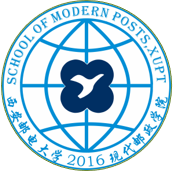Evaluation of Two Improved Schemes at Non-Aligned Intersections Affected by a Work Zone with an Entropy Method
2020
期刊
Sustainability
作者
Yang Shao
· Zhongbin Luo
· Huan Wu
· Xueyan Han
· Binghong Pan
· Shangru Liu
· Christian G. Claudel
下载全文
- 卷 12
- 期 14
- 页码 5494
- MDPI AG
- ISSN: 2071-1050
- DOI: 10.3390/su12145494
